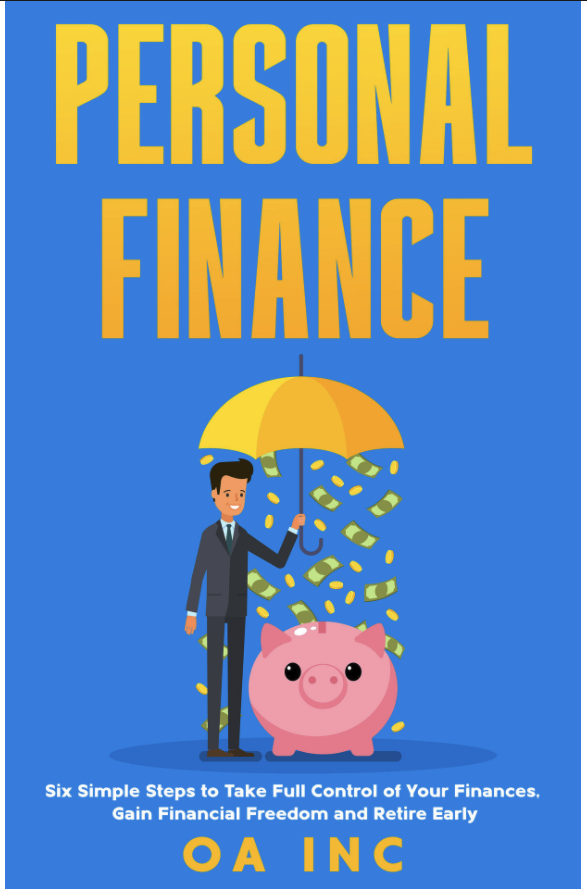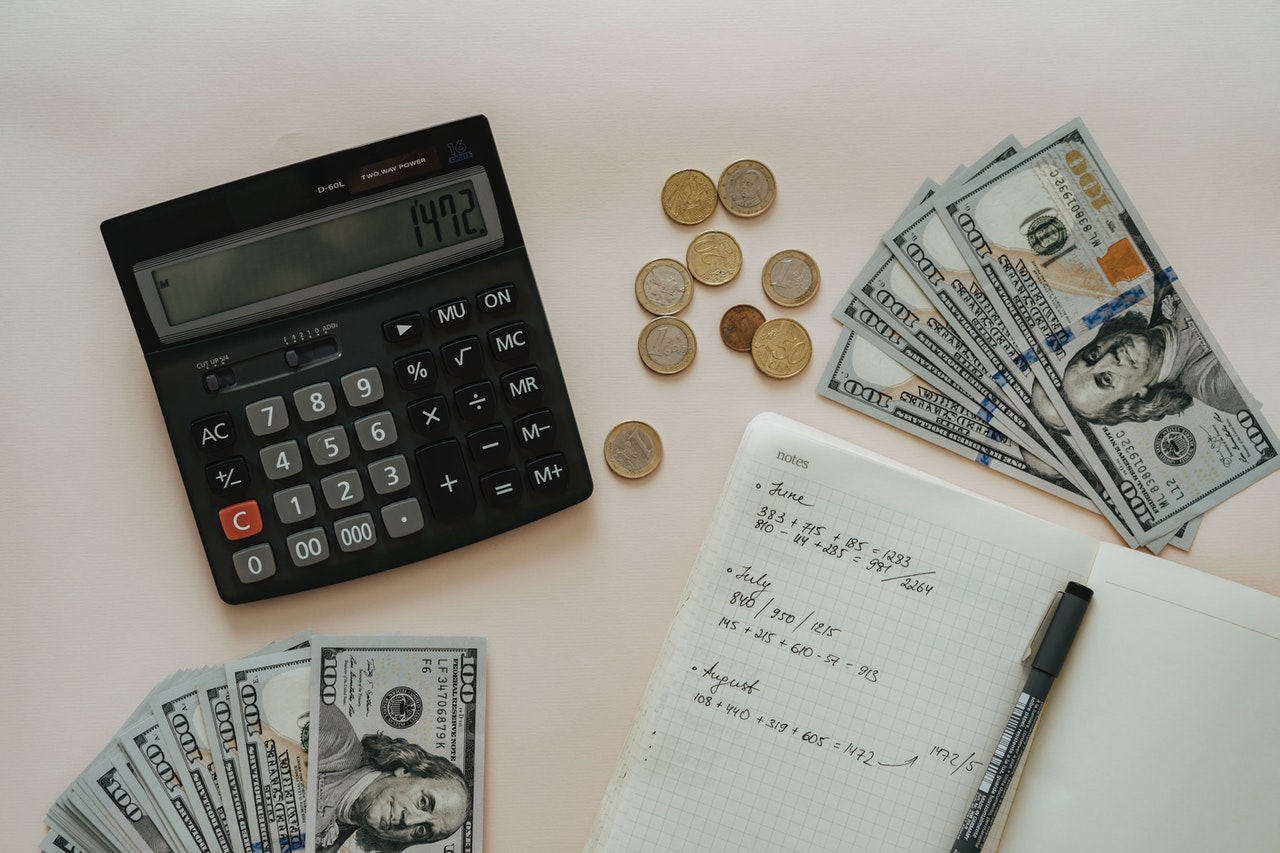In our introductory article “Why you need budgeting to achieve your financial goals”, we focused on giving you an overview of what budgeting is all about. Until now, we have learned that personal budget is a means to balance your income and expenses, which can help you achieve your long-term financial goals.
It is simply a way to refrain from overspending and also keep your finances in the black. However, before creating a budget, you should first decide the mode you want to use: it can be a simple spread sheet or a budgeting app such as Mint or Personal Capital.
Here are a few simple steps you can follow to create your budget:
#1. Get all your financial documents on the table, including:
- Payslips
- Rent receipts
- Utility bills
- Investment details
- Any mortgage-related documents
- Credit card bills, and
- any other document which is either related to income or expenses.
These documents will help you us to determine your monthly average expenses.
Subscribe to Dazzling Insights Blog
You will be notified as soon as a new article is published
#2. Compute your total income.
If you have regular paycheques, then your take-home salary will be regular income. Apart from this, also add if you have interest regularly from your investments or have some financial aid you receive regularly. For freelancers, your lowest income in any given month can be the base of your budget.
#3. On the expenses side, create two sub-categories: non-discretionary (fixed) and discretionary (variable).
- Under your fixed expenses, add items without which the household will stop functioning. This may include rents, mortgage, utility bills, deposits to savings accounts, emergency funds, insurance premiums, and credit card bills. Sum up the total and deduct it from your income. The amount left can be used for variable expenses.
- Then, list your variable expenses, including restaurant bills, fitness classes, clothes shopping, and other expenses that are not a necessity. This will give you a rough estimate of your spending habits.
#4. Add up your income and expenses.
If the total of your fixed and variable expenses is more than the income. In that case, that means you are living above your means, and your variable expenses need to be adjusted. If your income is more than your expenses, that is good as, you are positive. You can save this for the future or use it to pay off some debt.
Share this Dazzling Post
#5. Adjust your expenses to ensure that you achieve your long-term financial goals.
Adjusting your variable expenses is easier compared to fixed income. For variable expenses, you may cancel your gym membership or reduce the number of restaurant meals. In the case of your fixed income, you may adjust your electricity bills by adjusting your thermostats. If you are paying higher rent, you can move to a place with lower rent.

"Your budget is not a line set in stone. Circumstances change, and your wants may become needs or vice versa. Every few months, sit down and review your budget. "
We now know how to create the budget. Here are a few strategies that will help you to use your budget properly:
#1. The 50/30/20 rule: We have already learned in detail about this rule where 50% accounts for your needs, 30% for wants, and 20% for your savings.
#2. ‘Zero-based’ budgeting is a way of budgeting where the net money left in your budget (not your account) after deducting all expenses from your income is zero. Basically, each cent in your income is accounted for by some expense.
You should account for every kind of emergency or possible bill. At the end of the exercise, if you still have some money pending, you can add it to your savings or pay off your credit card bill. Here, the logic is, if you have a few dollars pending and you have allocated it to a category, you will obviously spend it somewhere else, but you would at least know where it has been spent. This will nullify the purpose of creating a budget.
#3. There is another strategy called the ‘envelope system’. It is somewhat similar to zero-based budgeting. However, it is more of a traditional approach as you use cash to manage your expenses. Basically, at the start of the month, you create separate envelopes for different categories of expenses that you have created.
Each envelope will have cash and a name of the category written on it. If the money in the envelope is over, this means you cannot spend any more money on that category.
Share this Dazzling Post
"Under your fixed expenses, add items without which the household will stop functioning. This may include rents, mortgage, utility bills, deposits to savings accounts, emergency funds, insurance premiums, and credit card bills."

Apart from these strategies, here are a few more tips to help you in this journey:
- If you get paid only once a month, then divide it into a weekly basis and use another to keep the additional cash for the remaining weeks.
- Evaluate your budget at the end of the month so that you can add any additional or other expenses that were not planned. Tweak your budget if needed.
- Automate payments for important expenses like rent, savings, retirement funds, and mortgages so that you do not leave out these expenses by mistake. Keep an eye on the automated payments from time to time to ensure you are not overpaying at any given point in time.
- Use a credit card only if you have money to pay off the bill at the end of the month. You do not want to spend on paying for huge credit card interest.
- Spend money to upskill yourself in financial literacy so that you can make your money earn for you. Check out the various investment tools which can help you in this process.
- If you have to make cuts in some variable expense category, do not make it suddenly and all at once, as it is not sustainable. Instead, make small and gradual changes so that your budget has the time to absorb the difference.

Your budget is not a line set in stone. Circumstances change, and your wants may become needs or vice versa. Every few months, sit down and review your budget. Make necessary changes and ensure that your long-term financial goals are met. Remember to make your budget work for you.
I hope these tips will help you and your family to have a successful budgeting in order to meet your financial goals. I would like to recommend a resource material that can help you take full grip of your financial life.
Please check out: Personal Finance: Six Simple Steps to Take Full Control of Your Finances, Gain Financial Freedom, and Retire Early.

Olalekan Asipa is a personal finance coach, an author and an engineer.
He is passionate about helping people get out of debt, grow their income and gain financial freedom.
Olalekan believes everyone should improve their financial knowledge, as this will help shape their decisions on their finances.
He is married with two beautiful daughters.











